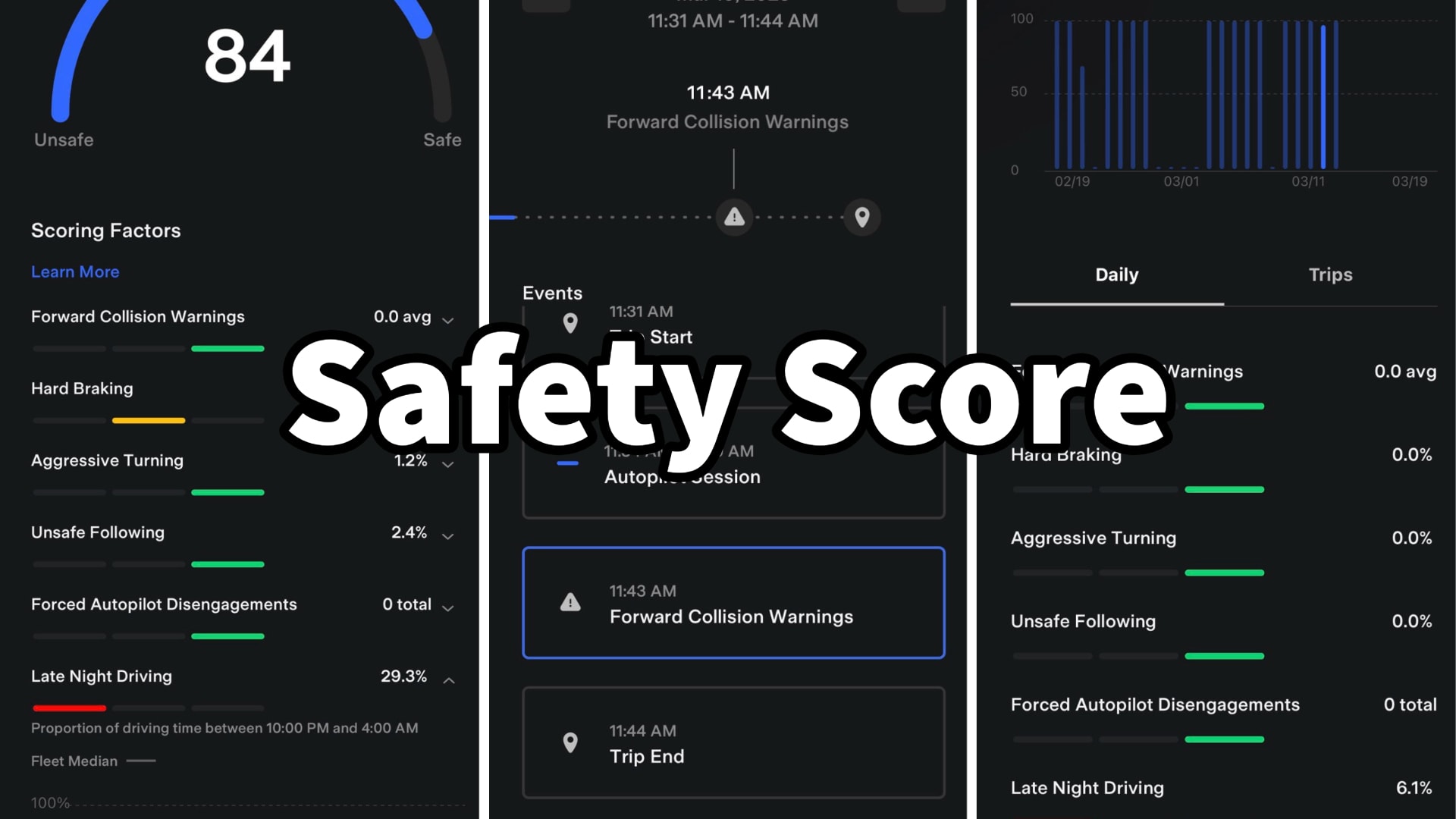
Tesla Safety Score has been harshly criticized in the past because it considers nighttime driving as dangerous behavior. Even driving after 10 PM was considered dangerous. To alleviate this, the EV maker changed the Late-Night Driving interval to start at 11 PM with the update to version 2.1.
Specifically, the Late-Night Driving metric has been controversial since it was introduced with the Safety Score 1.2 in November 2022. The reason was that Tesla considered late-night driving between 10 PM and 4 AM. This disregards crash statistics, which show that driving between 2 PM and 10 PM is much more dangerous. Tesla didn’t care that many people drive home from work after 10 PM or that Supercharger rates are lower in that interval.
Tesla made adjustments to the way it calculated the safety score with version 2.0, which launched last March. With this update, the software takes into account how much time you spend driving each hour between 10 PM and 4 AM. The later in the night you drive, the more it affects your Safety Score. However, people were still unsatisfied. Thankfully, Tesla heard them and is now rolling out a fix with version 2.1.
The most important change the new software update brought is delaying the Late-Night Driving interval by one hour, until 11 PM. According to the release notes on Tesla’s website, Late-Night Driving is now risk-weighted based on driving between 11 PM and 4 AM. As before, the impact of late-night driving on your Safety Score will depend on the proportion of time spent driving in each hour from 11 PM to 4 AM. Late-Night Driving hours are weighted differently to better reflect the amount of risk associated with driving at those times. This means that driving before midnight would not affect your score as much as driving after 3 AM.
Although delaying the hour when Late-Night Driving begins is a welcome change, many Tesla owners would also like to see changes in how Forward Collision Warnings are assessed. These warnings would often trigger out of the blue even when there was no collision risk. When it happens, it’s more than just an annoying alert: it affects the Safety Score and the insurance costs. This led to a lawsuit in 2022 after one owner complained that false Forward Collision Warnings caused a significant rise in insurance premiums.










